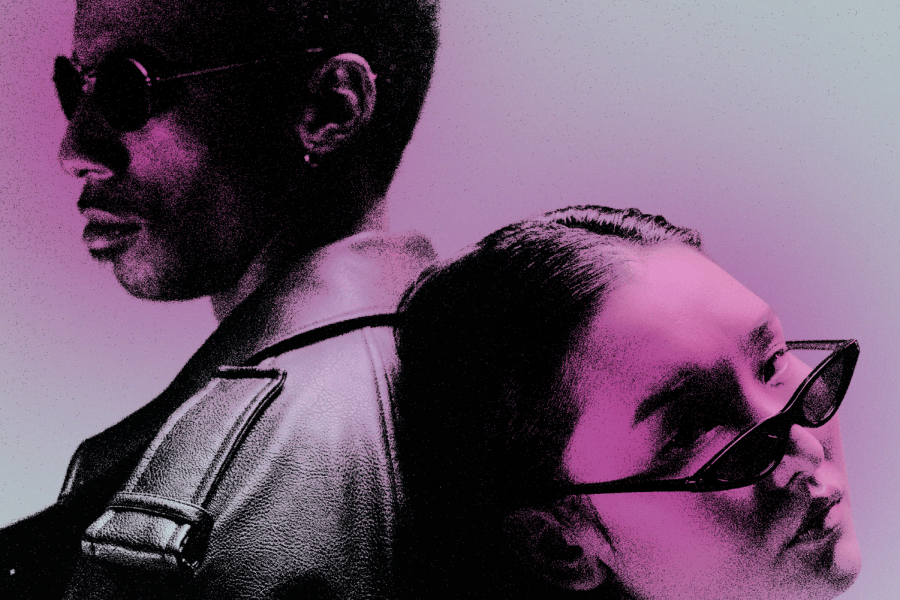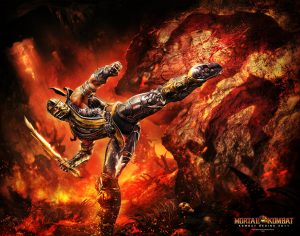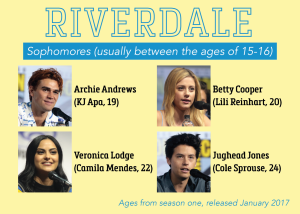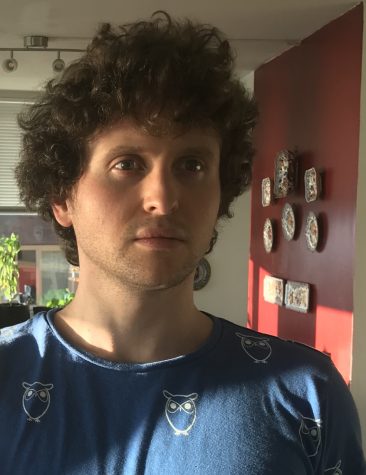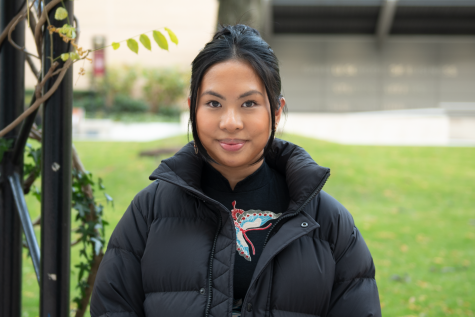Kill Your Idols: In Defense of the Modern Antihero
The pursuit of wickedness and a challenging feminist transition
September 20, 2021
In the early 2000s, the era of “peak TV” could just as well be called “antihero TV,” distinguished by AMC’s “Breaking Bad” and “Mad Men” and HBO’s “The Sopranos” — shows that made villains of society itself and featured antiheroes at the center of their universes. But what is an antihero?
They aren’t strictly “bad guys.” They aren’t villains locked in battle with heroes. The antihero opposes the ancient archetype of the hero, a figure who is called to adventure. Despite initial reluctance, the hero crosses a sacred threshold into a dangerous unknown where he is tested, tempted and reborn. He is brave, strong, virtuous, and male.
On the other side, antiheroes achieve heroic victories through unheroic, often oppositional, means. Think Deadpool and Logan instead of Superman and Batman. Tyler Durden instead of Luke Skywalker. Dirty Harry remains one of the most beloved.
Masculine centrality is training wheels, allowing audiences to accept a woman’s initiation into a typically masculine world of violence.
The saying “kill your idols” is commonly offered to artists in the hope it will encourage them to disregard their influences and stop trying to impress people. The point is that wanting to emulate one’s heroes harms the creativity of one’s work and prevents authentic expression. That’s what the antihero is all about — individuality, authenticity and an acceptance of ambiguity.
Heroes enamor us because they reflect what we aspire to be, but antiheroes grip us because they reflect something we already are. “Darker” characters are the “real” ones. We want real. We want vulnerable. We want ambiguity and weakness in our heroes to bring them closer to us. Heroes might inspire us by jeopardizing their safety for others, but antiheroes grab us when they jeopardize others for themselves. We forgive them for it because we recognize their sin as making them human.
We also accept that their mischief makes them more “manly.” The challenge of transitioning to the female antihero is creating a character who doesn’t immediately squander the audience’s sympathy. Male antiheroes are more common because they are more accepted.
Consequently, Hollywood often casts female heroes in the male mold, as if to suggest a psychological difference between men and women would solidify their inequality. As Lauren Duca of HuffPost commented, a female antihero “is as difficult to accept as she is to write.” The antihero exists because he is able to arouse a glimmer of our sympathy despite his evil deeds. But for women, Duca explained, “it doesn’t take much for us to reject (her) as unlikable.”
Antiheroine Beatrix Kiddo of Quentin Tarantino’s “Kill Bill,” pursues a vengeance constructed entirely around her relationships with men who begin as mentors and end as antagonists. A similar frame is recycled for Harley Quinn in “Suicide Squad,” with the Joker stepping in as mentor and later potential adversary. The framework reappears with Lisbeth Salander in “The Girl With The Dragon Tattoo” and Erin Bell in “Destroyer.” These antiheroines’ relationships with more powerful men initiate their journeys. As critic Amanda Hess commented, “even when a Hollywood franchise is retooled around women, it still revolves around men — the storylines they wrote, the characters they created, the worlds they built.” Masculinity remains the central point of all reference.
Masculine centrality is training wheels, allowing audiences to accept a woman’s initiation into a typically masculine world of violence. Whether mentor or adversary, female heroes require male counterparts to serve as a measurement of their progress. A new regime of representation depends on the ability of female characters to rise directly from trauma — or from nowhere. They cannot emerge, like Athena, from the head of Zeus. They cannot be made, like Eve, from Adam’s rib. Like the male antihero, they must rise from nothing or from their own scars.
It doesn’t take multimillion dollar budgets to make people and relationships believable.
Hollywood can do better by understanding that the antiheroine need not be a female disciple of the antiheroic male; her problems need not be rooted in her relationships with men nor need she respect her fellow women. Noble and honorable portrayals of women are often what prevents female actors from starring in good productions.
One example of successfully crafted antiheroines can be seen in a film called “Death Becomes Her,” written by David Koepp and Martin Donovan. Koepp talked about the process of creating the lovably horrible female characters, played by Meryl Streep and Goldie Hawn.
“I love the term antihero,” he said. “But when Martin and I were writing it (“Death Becomes Her”), we thought of it more as, ‘Oh, she is awful … isn’t that wonderful?’”
We embrace the antihero because, in so doing, we embrace our own selves.
Koepp explained that “reprehensible and utterly selfish” female characters can be accepted and even adored by audiences, provided they’re funny. Without this element of humor, Koepp said, “you’re more in the villain category, rather than an antihero.”
It doesn’t take multimillion dollar budgets to make people and relationships believable. It requires writers, producers and directors with sympathy for monsters. It requires Hollywood to gamble on the empathy of the audience, and narratives that remap rigid boundaries between good and evil.
Koepp said, “Dirty Harry may not be funny, but he’s exciting, and he fulfills a part of us who want to handle problems the way he does.” He recalled the lyrics to the Pete Townshend song, “Misunderstood,” in which Townshend sings, “Just wanna be misunderstood, wanna be feared in my neighborhood … I wanna be obscure and oblique, inscrutable and vague, so hard to pin down.”
There’s something compelling about the picture Townshend paints. Maybe it’s the vague things that are most worth examining. Maybe it’s the wicked things that matter most. Those vague and wicked things are often the challenges by which we know ourselves. The parts of ourselves that are clear and easily understood are often our least interesting aspects.
We embrace the antihero because, in so doing, we embrace our own selves: good and bad, real and ugly, vague and misunderstood.
It will take a new breed of writer and a new and improved Hollywood to actualize female antiheroes. The transition to antiheroines is challenging for writers because males don’t see female-centered narratives as being about them. But they can be. A new antiheroine can solve the dilemma. She can be a new breed of monster, outside of nature, a destructive mutant liberated from the constraints of her emotional, romantic, and political obligations. She can be someone everyone can relate to.
The parts of ourselves that are clear and easily understood are often our least interesting aspects.
Antiheroes of any gender need a dose of ironic humor to be accepted, but the antihero doesn’t have to be loved right away. No one can wake you up until they piss you off. New antiheroic narratives involving women can do better by not villainizing the men or making the female character an emblem of social justice. Male antiheroes aren’t held to such standards. It’s time the antiheroine was freed from them as well. The strongest characters are those occasionally allowed to be weak.

